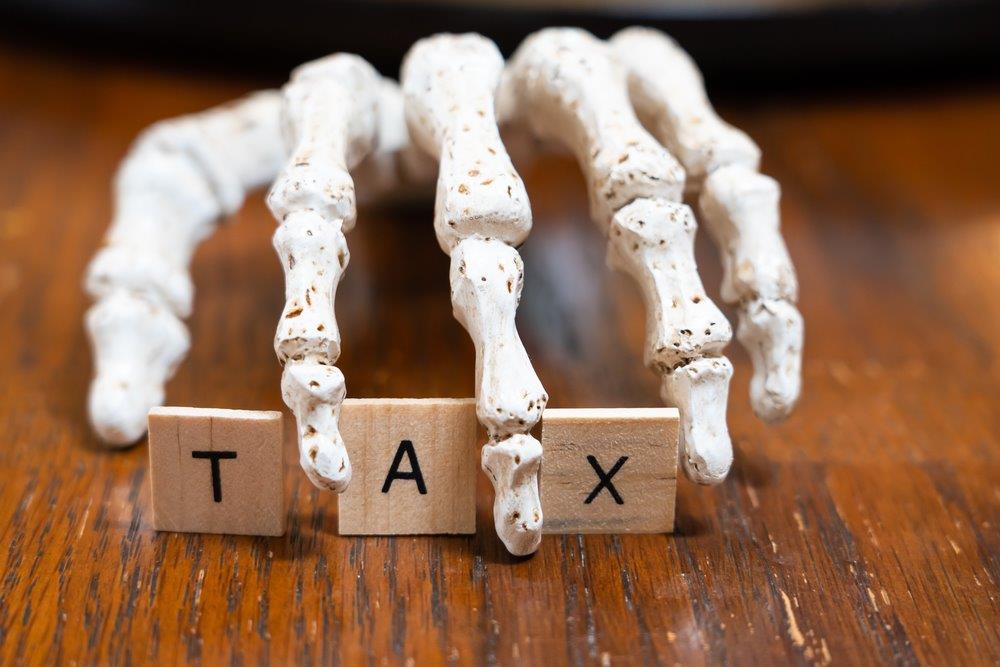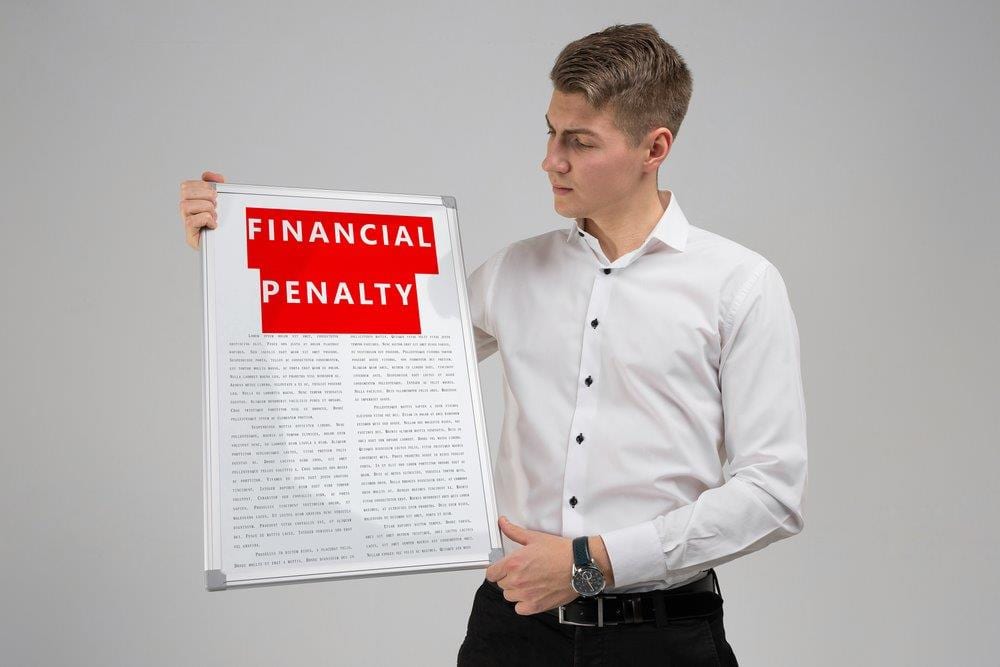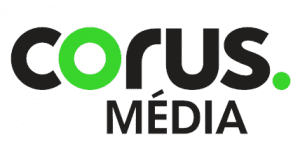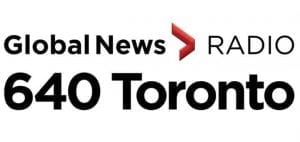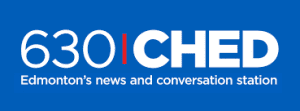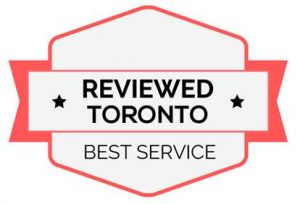RRSP withdrawal rules
The current RRSP withholding percentages (%) as at Nov 7, 2020 are (Not including Quebec):
- $0.00 to $5000 of withdrawal = 10% Withholding Tax
- $5001 to $15,000 of withdrawal = 20% Withholding Tax
- $15,000 and greater of withdrawal = 30% Withholding Tax
-
Here is an example. You have an RRSP account with a value of $100,000. You decide to withdraw $30,000 from the account in one calendar year. Thirty percent (30) or none thousand ($9,000) of the withdrawal is forwarded to the Canada Revenue Agency and they wait for you to file your next income tax return in order to determine based on all of your taxable income, whether enough tax was withheld, or whether more income tax is due.
Who’s in a position of control? Who controls the percentage of withholding tax?
And so your RRSP account value goes down -$30,000 and you are left with $21,000 to decide where to put that money to work, preferably in a “never taxed” environment.
The reality is that tax must be paid on RRSP withdrawals at a future tax rate that is unknown.
“The moment you have awareness, you have control. The absence of awareness amplifies the fear of the unknown.” – Sam Qurashi
To complete the example, when you file your next year’s income tax return, you would add $30,000 to your total gross income for the year, and the $9,000 withholding tax is recognized in the determination of your final tax bill, or refund. If your total gross income was $100,000 it would now become $130,000 when you file your taxes. $9000 of that total tax bill will have been “prepaid” meaning you were never able to touch that money to use it for anything else.
If you knew that you were going to have a lower income in any given tax year, and you’re contemplating accessing your RRSP, it may make sense to consider a withdrawal in that year but it’s very important to always consult with a designated tax professional, i.e. a Chartered Accountant for tax advice specific to your circumstances.
